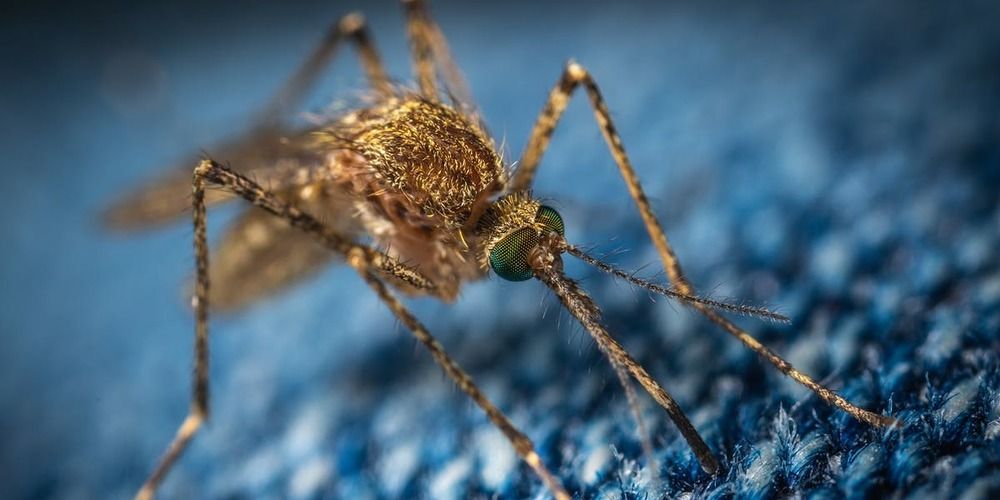For the first issue of the PCMag Digital Edition in 2019, we’re fast-forwarding to envision what technology—and our tech-driven society—will look like in 2039. We wanted to explore the myriad ways in which tech will be more intertwined with our lives and will have changed our culture. To do so, we interviewed a select group of futurists, execs, academics, researchers, and a speculative fiction writer, who gave us some thoughtful predictions.
We asked futurists, tech execs, academics, researchers, and a sci-fi writer to imagine our tech-driven society in 20 years. Take a peek into the future.









